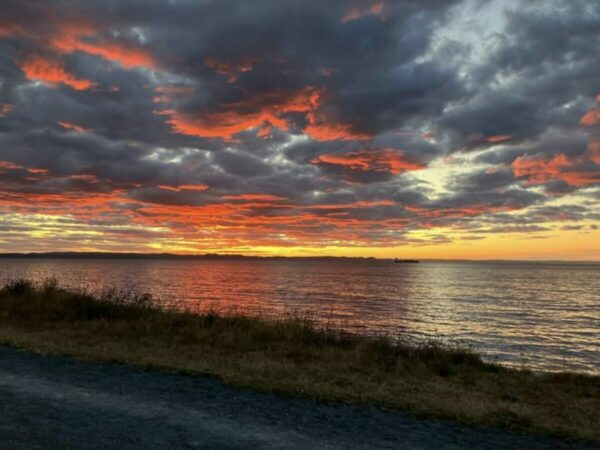A brief summary of what tourists say after vacationing in Newfoundland — common praise, frequent complaints, and practical tips you can use when planning or sharing the trip.
What visitors love
- Breathtaking scenery — visitors repeatedly call the fjords, coastal cliffs and parks “breathtaking” (Tablelands, Western Brook Pond, Gros Morne are frequent highlights). (Tripadvisor)
- Wildlife & iceberg/whale trips — boat tours to see icebergs, whales and puffins are singled out as “must-do” experiences. Many rave about Twillingate and Witless Bay tours. (Tripadvisor)
- Friendly locals & culture — reviewers and travel writers often highlight how warm and welcoming Newfoundlanders are, and how local music/food add to the experience. (Adventurous Kate)
Common gripes / realistic cautions
- Booking in high season can be tight — rental cars, ferry berths and popular tours often sell out; travellers on community forums warn to book months ahead. (Reddit)
- Changeable weather & bugs — pack layers and be ready for wind/rain; some visitors mention black flies in summer in certain places. (Adventurous Kate)
- Rural driving distances — moving between highlights (e.g., St. John’s → Gros Morne → L’Anse aux Meadows) takes time — expect long scenic drives rather than short hops. (Suitcase and Heels)
Highlights tourists mention most (good for a short itinerary)
- St. John’s: Jellybean Row, Signal Hill, lively pubs/culture. (Reddit)
- Witless Bay Ecological Reserve / puffin & iceberg boat tours. (Tripadvisor)
- Twillingate: iceberg alley & whale-watching.
- Gros Morne NP: Tablelands, Western Brook Pond fjord cruises, panoramic hikes. (Tripadvisor)
Typical short tourist-style comments (paraphrased from reviews)
- “The scenery is breathtaking — one of the best places I’ve camped.” (Tripadvisor)
- “We saw icebergs and whales on a boat tour — unforgettable.” (Tripadvisor)
- “Book your rental car and ferry early — summer fills up fast.” (Reddit)
Quick tips for travellers (practical)
- Book ferries, accommodations and popular tours early (winter/early spring bookings for peak summer). (Reddit)
- Pack layers, waterproof outerwear, sturdy shoes, and insect repellent. (Adventurous Kate)
- Bring a good camera and binoculars for wildlife — boat tours are often worth the price. (Tripadvisor)
- Respect private property and fragile bog/coastal habitats when foraging or hiking. (Her Jolie Journey)
